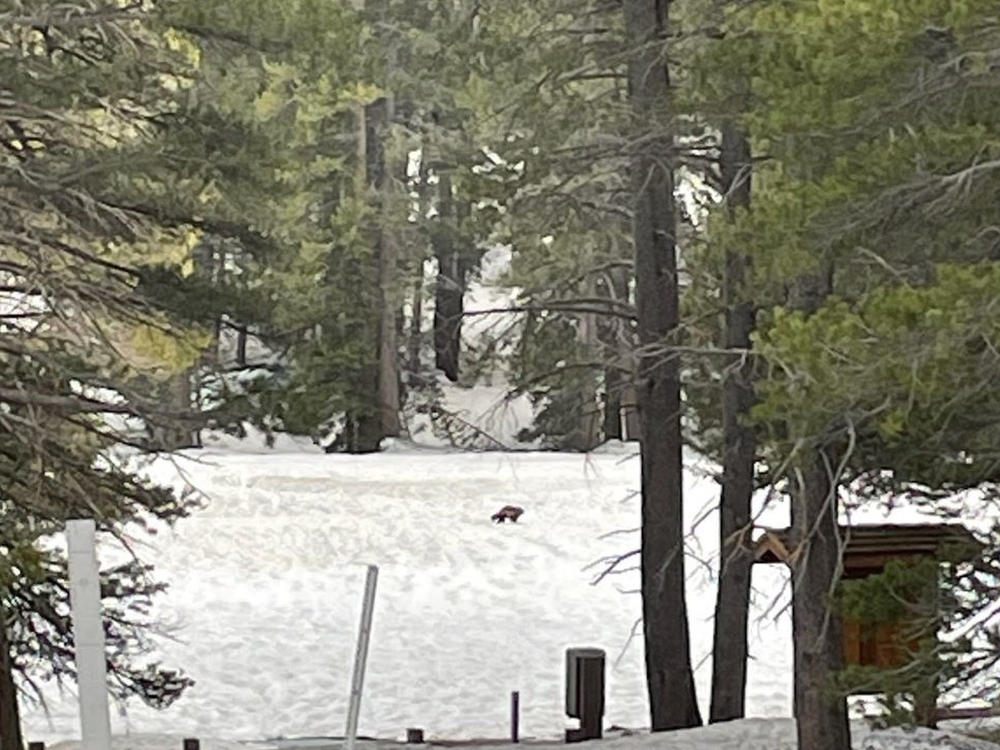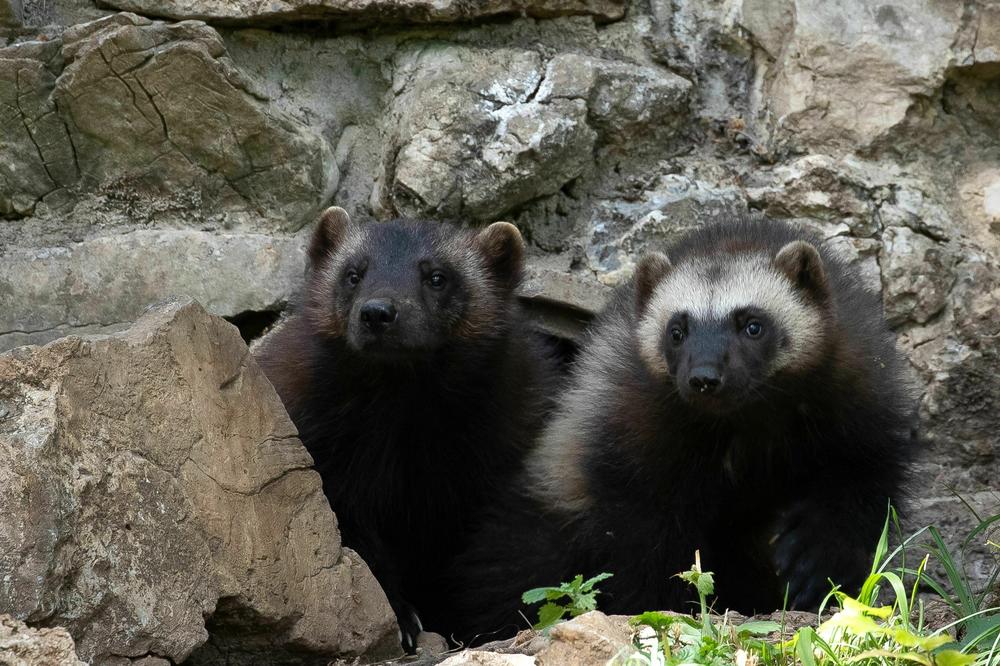Section Branding
Header Content
A wolverine was spotted in California. Here's what happens next
Primary Content
He's thought to be a young creature roaming in search of a partner. Relatable!
Who is he? While he hasn't been given a formal name, the California wolverine is a creature of mystique and intrigue.
- The critter, that is presumed to be a male (and single!) was officially identified earlier this month, after numerous reported (but unconfirmed) sightings.
- The only other confirmed sighting of a wolverine in the golden state in the last 100 years was when researchers tracked one from 2008, after it was spotted near Lake Tahoe and had made the journey from the Rocky Mountains.
- This new sighting has both shocked and delighted conservationists and scientists, in an event that Daniel Gammons, a wildlife biologist for the California Department of Fish and Wildlife, called "extraordinarily rare."
- There is no indication yet on where this wolverine came from, but Gammons says there is some potential for a connection between the last wolverine's journey from the Rockies.
- The wolverine was spotted in the eastern Sierra Nevada mountains, the Inyo National Forest, and in Yosemite National Park, according to the California Department of Fish and Wildlife.
- This wolverine has been rather camera shy. Hugh Jackman, however, just posted a new photo on Instagram.
What's the big deal? You know that one friend who you never see because they're always busy? Imagine they just showed up to your party. But it's been 100 years, and your friend is a furry mammal in the California mountains, and they also can't speak English or go near people.
- While wolverines can be found in a number of countries — as well as Alaska in the U.S. — they were presumed extirpated in the state of California around the 1920s. That means that while they weren't necessarily extinct, they probably didn't exist in that given locality anymore.
- Excessive hunting for their silky pelts throughout the 19th and 20th century is one of the more obvious causes, but Gammons says there are still many questions about the exit (and return!) of the species.
- "There's not a very good understanding of how abundant wolverines ever were in California," Gammons said. "So, consequently, there's not a really good understanding of how they went from however abundant they were to presumably excavated."
Here's what Gammons told us about the wolverine:
On whether there could be more than one:
As far as we know there's likely a single animal. Obviously, it's very hard to prove a negative. So it's possible that there could be more than one. But based on the rarity of the sightings over the last 100 years, the rarity of the confirmed sightings, how we know that wolverines have tremendous dispersal capabilities, and they can move many, many, many miles during a day, we suspect that there's just a single animal at this time. We assume that it's likely a male, but we don't even know that.
On how an animal can make a comeback like this:
It could be through natural processes, with animals dispersing from a different population where they currently exist and just coming on their own and colonizing with wolverines, and that happens with various species at different times.
Colorado may be contemplating a reintroduction program that would be the obvious other way, in that it could occur assisted by people. So basically capturing animals in a place where there's a harvestable surplus and bringing them in.
On next steps with the wolverine:
We're looking for scats. If we get a detection, we know where it's at. This is generally almost always going to be in snow conditions that make tracking a little bit easier.
So if we can track it, basically kind of get a hot lead on where it was last seen, [we can] mobilize some people to go out there and track it ... And then the other method is to set up bait sites where we're trying to lure the animal in to climb a tree, and grab a bait that we've set for it. And below the bait we'll set gun cleaning brushes, kind of like a bottle brush, and those are designed to just pull a hair or a handful of hairs off the animal.
And once we have the hair, the follicle in that hair can be sent off to a lab and they can run the genetics on that and answer questions such as, is it male? Is it female? What's the likely population of origin, by comparing the DNA to samples collected in those other areas. It's pretty low impact.
Want more on the environment? Listen to Consider This on why melting ice in Antartica is a big problem for coastal Texas.
So, what now?
- Gammons isn't holding his breath: "It's certainly too early to say anything really conclusive. It certainly raises the possibility that [wolverine habitation] may be possible here, but I think at this point, there's a lot more questions than there are answers."
- Gammons says there's a chance that it isn't seen or tracked again. Such a rolling stone.
Read more:
- Here is the first livestream from Mars — a rare, almost real-time look into space
- How one scientist is demystifying the rise of the dinosaurs
- Climate change stresses out these chipmunks. Why are their cousins so chill?
Copyright 2023 NPR. To see more, visit https://www.npr.org.


